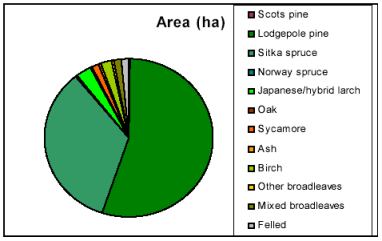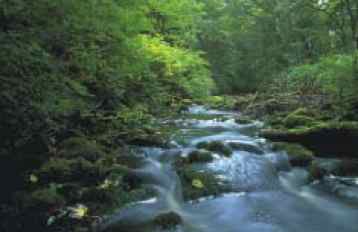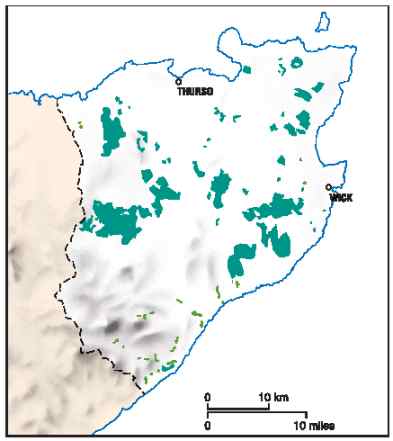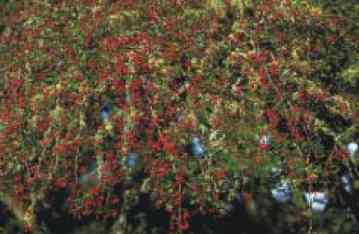 | Caithness.Org | Community | Business | Entertainment | Caithness... | Tourist Info | Site Map |
• Advertising • Chat Room • Contact Us • Kids Links • Links • Messageboard • News - Local & Scottish • News - UK & News Links • About / Contact Us • Submissions |
• Bookshop • Business Index & News • Jobs • Property For Sale • Property For Rent • Shop • Sutherland Business Index |
• Fishing • Fun Stuff • George, The Saga • Horses • Local Galas • Music • Pub Guide • Sport Index • What's On In Caithness |
• General Information • B & Bs • Backpackers • Caravan & Camping • Ferries • Getting Here • Holiday Letting • Hotels • Orkney • Pentland Firth • Sutherland • Taxis |
| N E W S F E E D S >>> |
The Caithness
Biodiversity Action Plan - February 2003
FOREST AND WOODLANDS
|
FOREST AND WOODLANDS Introduction Forests and woodlands are important features of the landscape, representing a key financial asset, a source of employment and a community resource. People in Caithness, a county with little native woodland cover, particularly value their semi-natural and planted woodlands. The location and condition of our woodlands has been shaped by both environmental factors such as climate, soil type and browsing pressure, and by past and present management regimes.
Less than 10% of Caithness is covered in trees, and the majority of this is conifer plantations. The county supports 15,588 hectares of coniferous woodland, and only 1,057 hectares of broadleaved trees. Semi-natural woodland Habitats and species Semi-natural woodlands are rare in Caithness, limited to some straths and stream edges such as at Berriedale, Dunbeath, Latheronwheel and Dirlot Gorge. They are the remnants of a more extensive native tree cover that once existed in the area and as such, they form a valuable refuge for our woodland flora and fauna.
The main type of natural woodland in Caithness was birch woodland, dominated by downy birch and including some rowan and willow shrubs. This type of woodland has completely disappeared in Caithness, but would regenerate on ground that is currently open peat moor if conditions were suitable. It would then accommodate roe deer, yellowhammer, greenfinch, tawny owl, kestrel, buzzard and raven, which are natural residents of this habitat. More diverse, riparian woodland occurred and remained as remnants in river valleys and on the steep slopes of valley sides. Depending on the quality of the soil, these woodlands can be hazel woods or alder woods, but they almost always include downy birch and rowan. As well as supporting specialised insects and other wildlife, river valley woods also help to stabilise soil and provide key nutrients to rivers through run-off and leaf litter. Riparian woodland is believed to be a key factor in the establishment and success of river game fishing. |
Main issues
Current biodiversity projects The Forestry Commission provides grants through the Scottish Forestry Grants Scheme, for biodiversity improvements in existing woodlands. Within native woodlands the grants are designed to improve the ecological value in relation to native woodland Habitat Action Plans. These grants can fund management plans, protection from inappropriate grazing by wild or domestic animals, removal of invasive vegetation, ground preparation to encourage natural regeneration, net cost of essential thinning/small scale felling, small scale planting, blocking of drains to re-create wetland habitats, appropriate deadwood management and ride management. There have been many semi-natural regeneration and planting schemes in Caithness in recent years, and the area of new broadleaf woodland has increased significantly.
There are woodland walks along the banks of the Wick
and Thurso Rivers, and up Dunbeath Strath. The Ranger Service lead
woodland walks, including an evening walk to hunt for bats.
|
Back to Farm and Croftland Forward To bog Moor And Hill













